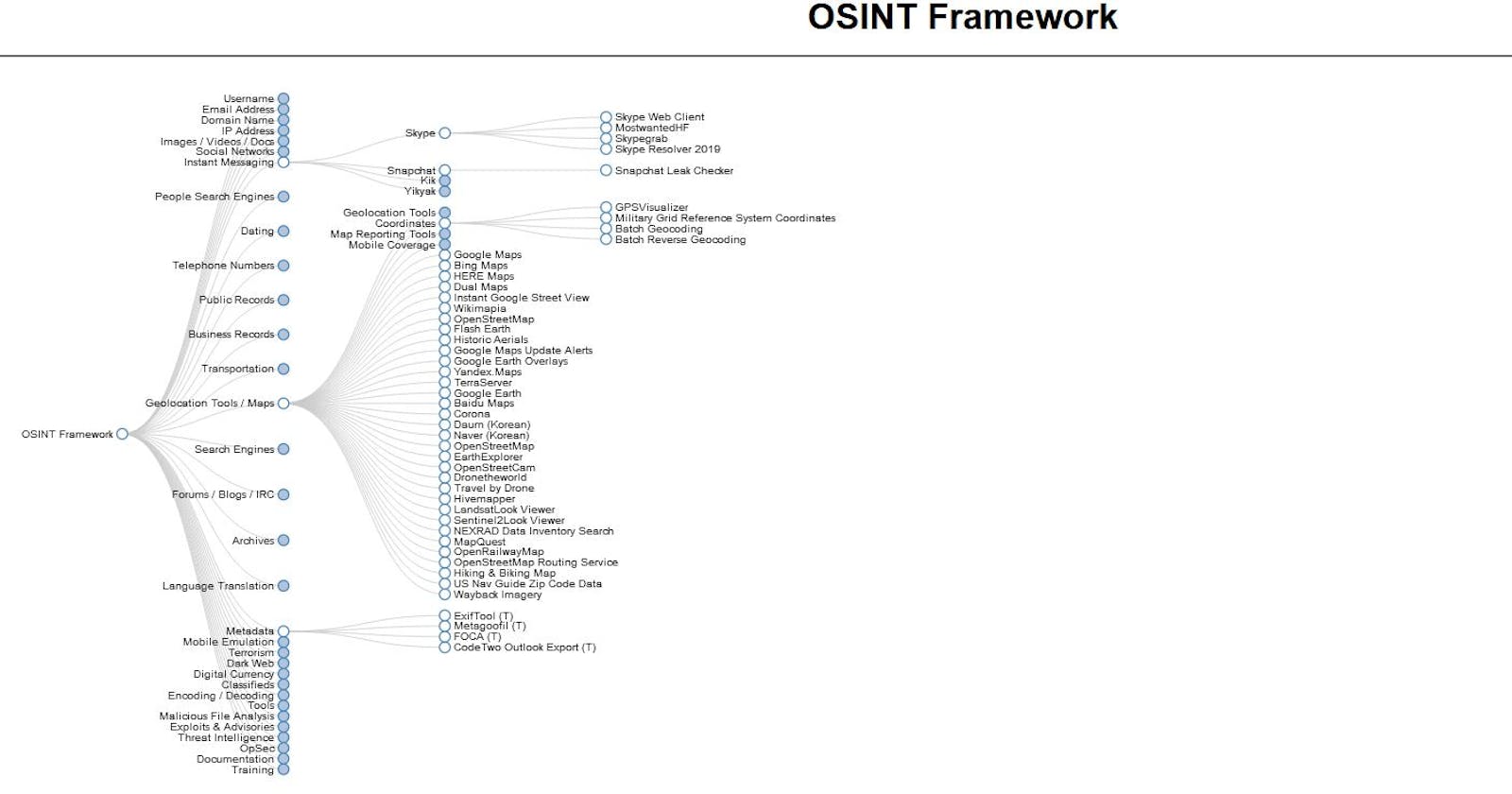Open-Source Intelligence, commonly known as OSINT, is the process of collecting and analyzing information from publicly available sources. It is a crucial tool in the field of cybersecurity, as it can be used to identify vulnerabilities and assess risks before an attack occurs. One of the primary uses of OSINT is passive reconnaissance, which involves gathering information about a target organization or individual without directly engaging with them. This paper will explore the role of OSINT in passive reconnaissance and how it can help identify potential threats.
OSINT and Passive Reconnaissance
Passive reconnaissance involves gathering information about a target organization or individual without alerting them. This information can include details about their infrastructure, employees, partners, and even social media profiles. The purpose of passive reconnaissance is to gain insight into the target’s operations and identify potential vulnerabilities that could be exploited in a cyber attack.
OSINT is an essential tool for passive reconnaissance because it allows security professionals to gather information from a wide range of sources. This includes public databases, social media platforms, online forums, news articles, and even government records. By using OSINT, security professionals can gather information about the target organization or individual without alerting them to their activities.
One of the primary benefits of using OSINT for passive reconnaissance is that it can help identify potential threats before they become a problem. For example, by monitoring social media profiles and online forums, security professionals can identify discussions about a particular organization or individual that could indicate an impending attack. This information can be used to prepare defenses and prevent the attack from occurring.
OSINT can also be used to identify vulnerabilities in an organization’s infrastructure. By monitoring public databases and online forums, security professionals can identify information about software and hardware used by the organization, including any known vulnerabilities or exploits. This information can be used to assess the risks associated with the organization’s infrastructure and take steps to mitigate those risks.
OSINT Techniques for Passive Reconnaissance
Several techniques can be used to gather information through OSINT for passive reconnaissance. These techniques include:
Social Media Monitoring
Social media platforms like Twitter, Facebook, LinkedIn, and Instagram can be valuable sources of information for passive reconnaissance. By monitoring the social media activity of an organization or individual, security professionals can gather information about their interests, affiliations, and relationships.
Domain Name System (DNS) Lookup
A DNS lookup can be used to identify the IP address associated with a domain name. This information can be used to identify the location of the organization’s infrastructure and any associated vulnerabilities.
Whois Lookup
A Whois lookup can be used to identify the owner of a domain name, as well as information about the registration and expiration of the domain. This information can be used to identify potential vulnerabilities in the organization’s infrastructure.
Online Forums
Online forums can be valuable sources of information for passive reconnaissance. By monitoring forums related to the organization or industry, security professionals can identify discussions about potential vulnerabilities or attacks.
News Articles
News articles can provide valuable information about an organization’s operations, partnerships, and vulnerabilities. By monitoring news sources related to the organization or industry, security professionals can gather information about potential threats and vulnerabilities.
Conclusion
OSINT is an essential tool for passive reconnaissance in the field of cybersecurity. By gathering information from publicly available sources, security professionals can identify potential threats and vulnerabilities before they become a problem.
